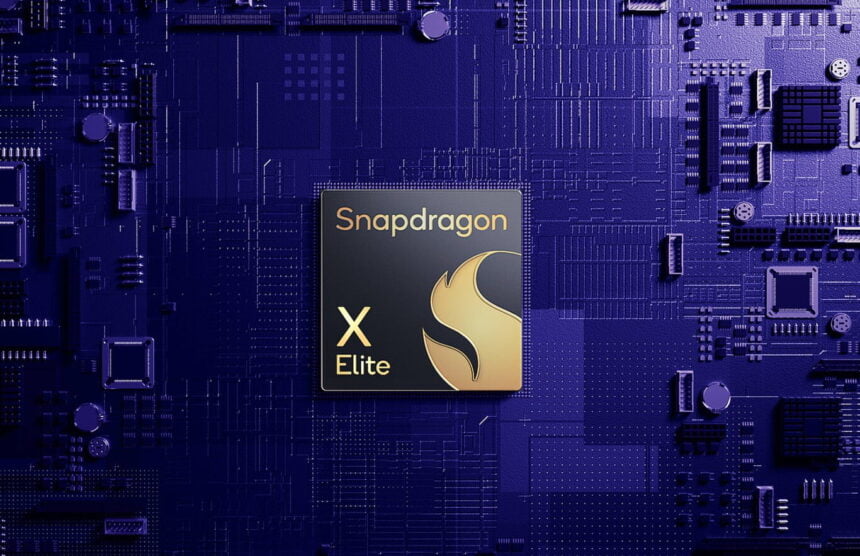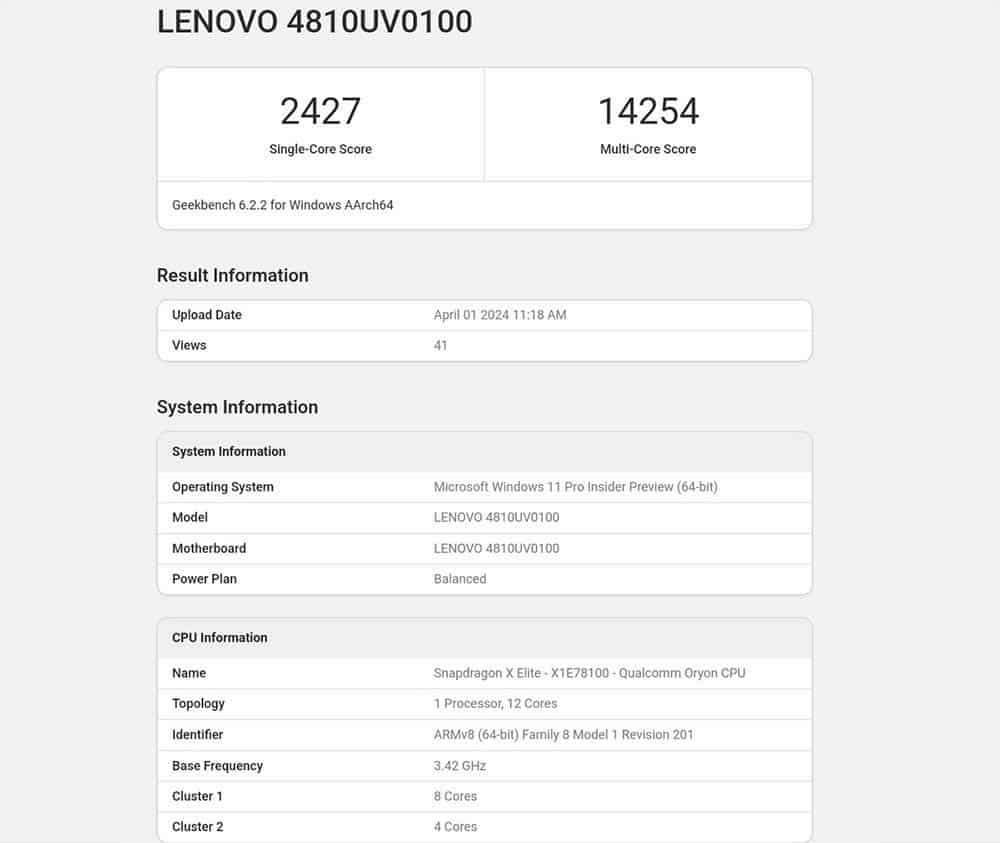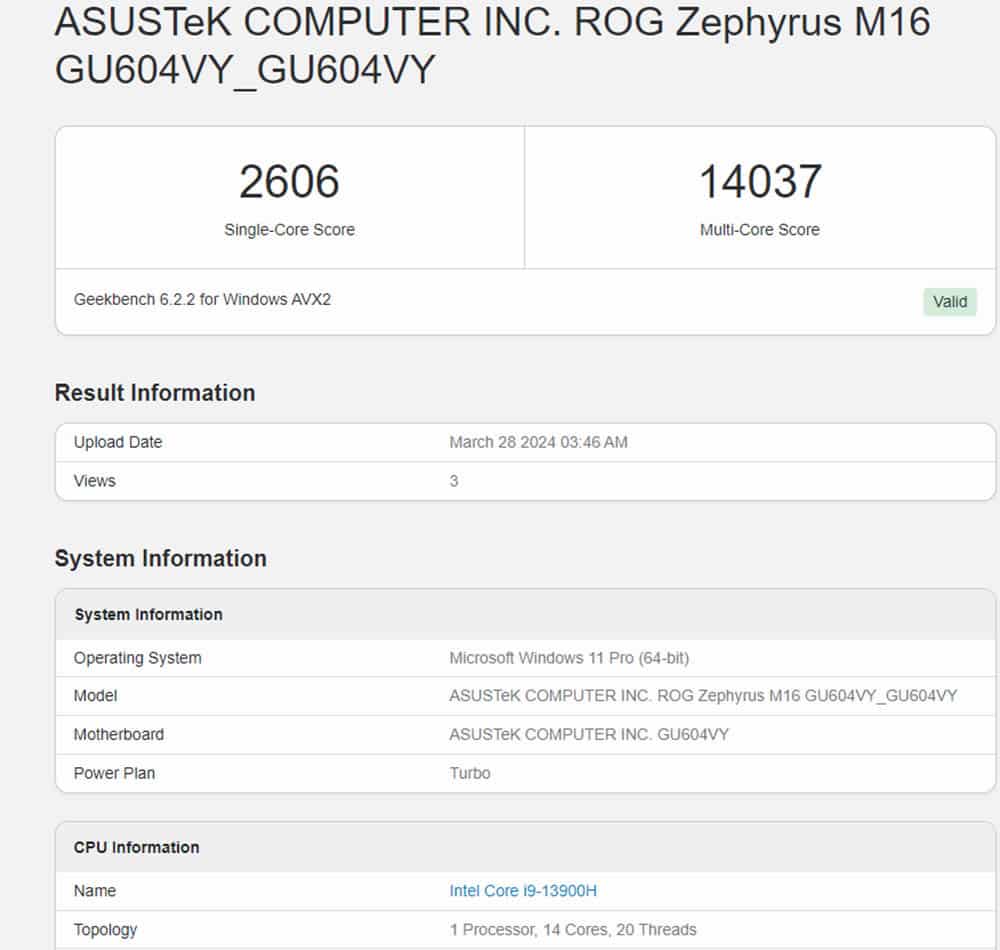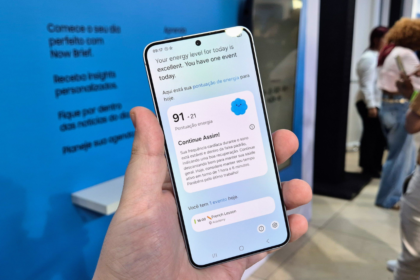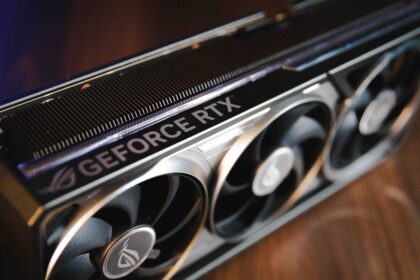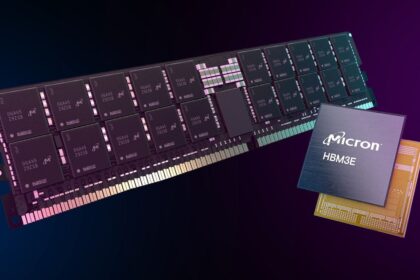Regarding laptops, performance is essential, but so is energy efficiency. Power consumption directly impacts battery life, which is crucial for users on the go. Some laptops, like Apple’s MacBooks with Arm chips, have impressed with their extended battery life. Qualcomm’s Snapdragon X Elite is gaining attention for its potential, especially in areas like gaming. Geekbench 6 testing will provide insights into its performance.
Traditionally, Intel and AMD have dominated the PC and laptop processor market. Unless opting for an Apple laptop, consumers had limited processor choices based on Arm architecture. Qualcomm previously had a limited presence in the laptop sector, and while a few models featured Snapdragon processors, they failed to gain traction and were eventually forgotten.
The Snapdragon X Elite boasts in the benchmarks.
Recently, there’s been a focus on the performance of the Snapdragon X Elite in Geekbench 6. If we look at the devices using Qualcomm Snapdragon chips that aren’t phones, we’ll find around 50 models across various brands.
Most of these are tablets equipped with Snapdragon 8 Gen 1 or higher, while laptops have only a few models featuring Snapdragon 7c and 8cx chips, which didn’t gain much attention. However, Qualcomm hasn’t given up on this market segment and is poised to make a strong comeback with its Snapdragon X Elite.
Qualcomm has been emphasizing the impressive performance of the Snapdragon X Elite, showcasing its ability to outperform chips from Intel, AMD, and even Apple. We’ve even seen it handle games like Baldur’s Gate 3 at 1080p and 30 FPS, which is impressive for an Arm-based system-on-chip (SoC) with Adreno GPU.
Now, let’s check the details of its processor performance. A Geekbench capture of the Snapdragon X Elite running on a “Lenovo 4810UV0100” laptop reveals a single-core score of 2,427 points and a multi-core score of 14,254 points.
Face-to-face versus the competition
To put this performance into perspective, it’s comparable to a high-end laptop processor like the i9-13900H from the previous generation. The i9-13900H boasts 14 cores and 20 threads, with 6 P-Cores and 8 E-Cores. With scores of 2,606 points in single-core and 14,037 points in multi-core performance, it’s pretty similar to the Snapdragon X Elite.
Let’s compare it to a MacBook Pro equipped with the Apple M3 chip. Interestingly, the Snapdragon X Elite outperforms the M3 in multi-core performance. The M3 does have a faster single-core speed with 3,089 points, but it falls behind in multi-core performance with 11,587 points.

